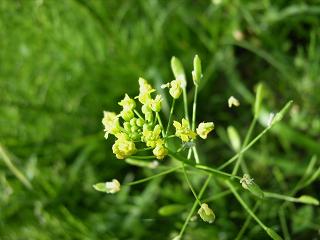 |
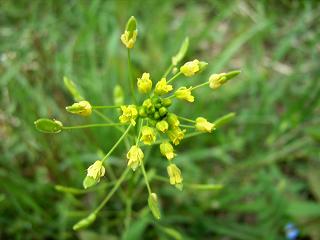 |
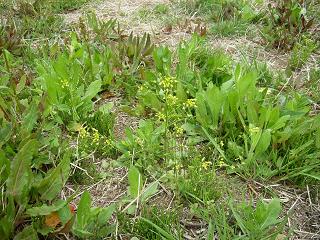 |
|---|---|---|
| May 2006 at open field |
April 2006 at open field |
April 2006 at open field |
| Family | Brassicaceae |
| Scientific name | Draba nemorosa L. |
| Synonyms | Crucifera nemorosa (L.) E. H. L. Krause; Draba dictyota Greene; Draba macroloba Turczaninow; Draba muralis auct., non L.; Draba nemoralis Ehrhart; Draba nemorosa var. brevisilicula Zapalowicz; Draba nemorosa var. hebecarpa Lindblom; Draba nemorosa var. latifolia M. Bieberstein ex Kuntze; Draba nemorosa var. leiocarpa Lindblom; Tomostima nemorosum (L.) Lunell |
| Common name | (Japanese common name) inu-nazu-na (イヌナズナ, 犬薺 [false stroking green]) |
| (English common name) wood draba, woodland draba, woodland whitlow-grass, woods draba | |
| Distribution | (Japan) Hokkaido, Honshu, Shikoku, Kyushu, Okinawa |
| (Other nations) Russia, Korea, China, Mongolia, India, Afghanistan, Kazakhstan, Kyrgyzstan, Tajikistan, Turkmenistan, Uzbekistan, Europe, Canada, USA | |
| Habitat | Field |
| Chromosomal number | 2n=16 |
| Description | Plants 10-30cm tall. Leaves 1-3cm long. Flowers yellow each ca. 4mm long, flowering in March to June (occasionally also in Autumn). Winter annual plants. |
| Reference | Draba nemorosa L. |
| Draba nemorosa Linnaeus | |
| Polynucleotides and polypeptides that confer increased biomass and tolerance to cold, water deprivation and low nitrogen to plants (US Patent 7196245/2007) |
 |
 |
 |
|---|---|---|
| May 2006 at open field |
April 2006 at open field |
April 2006 at open field |
 |
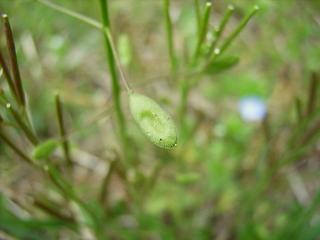 |
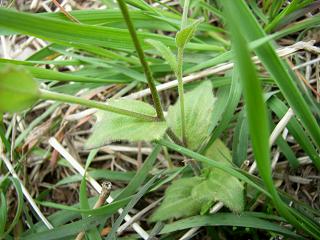 |
|---|---|---|
| April 2006 at open field |
April 2006 at open field |
April 2006 at open field |